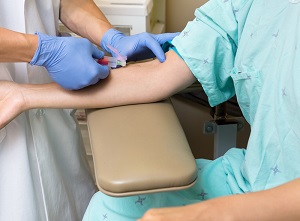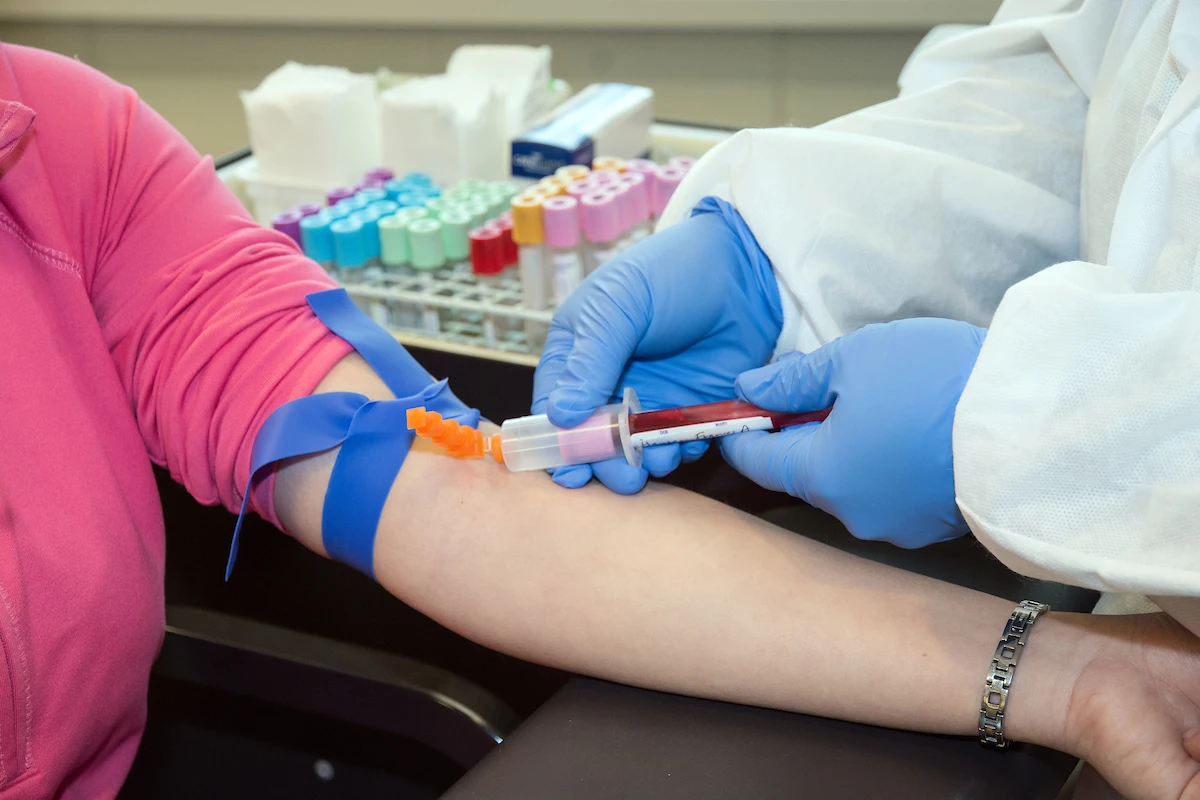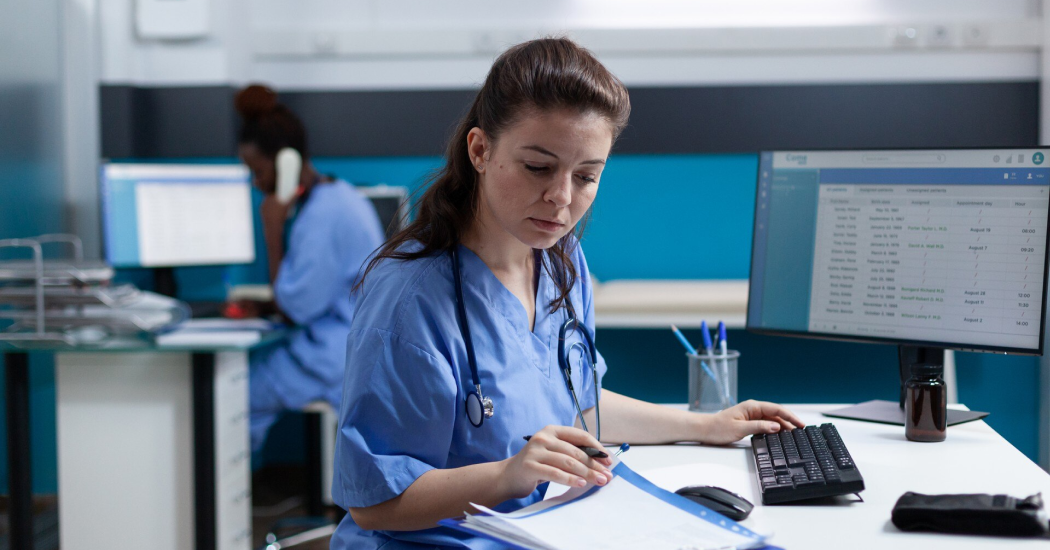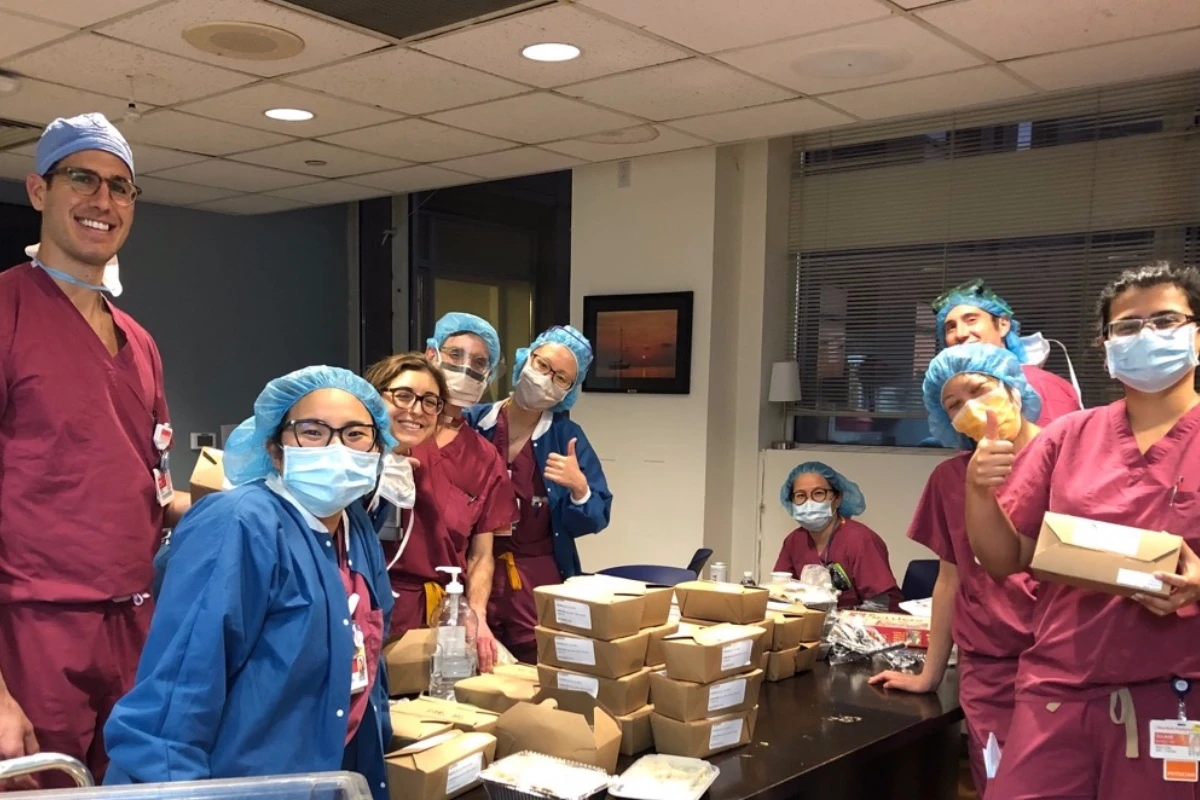 Your natural attention to detail bodes well for your position as a phlebotomist; you use those skills to read doctor’s detailed instructions, verify patient identification and label blood vials properly. Depending on where you work, you may centrifuge blood samples; that will depend on the regulations in your state. You will be required to practice infection prevention at all times. You also have the good dexterity necessary to perform the hand motions and coordination you need to complete many blood withdrawals in a day—quickly and in the first shot, as it were. Of course, a good sense of humor is always a plus when working with people . . . and blood.
Your natural attention to detail bodes well for your position as a phlebotomist; you use those skills to read doctor’s detailed instructions, verify patient identification and label blood vials properly. Depending on where you work, you may centrifuge blood samples; that will depend on the regulations in your state. You will be required to practice infection prevention at all times. You also have the good dexterity necessary to perform the hand motions and coordination you need to complete many blood withdrawals in a day—quickly and in the first shot, as it were. Of course, a good sense of humor is always a plus when working with people . . . and blood.
To become a phlebotomist, you will not need a two- or four-year degree, but certification from a phlebotomy educational program is necessary. Where you live may determine exactly what type of certification you will need. Choosing this job will expose you to other career possibilities in the healthcare industry, but of course, more education will be required if you choose to advance your healthcare career. As a phlebotomist, you may work in a hospital laboratory, blood donation center, doctor’s office, diagnostic lab or research lab.
According to the United States Department of Labor’s Bureau of Labor Statistics, the median pay for a phlebotomist is $31,630 and the job market is expected to growth 25% through 2024. Candidates for certification typically need some classroom education, as well as some clinical experience. Certification testing usually includes a written exam and may include practical components, such as drawing blood. Requirements vary by certifying organization.*
*http://www.bls.gov/ooh/healthcare/phlebotomists.htm






















